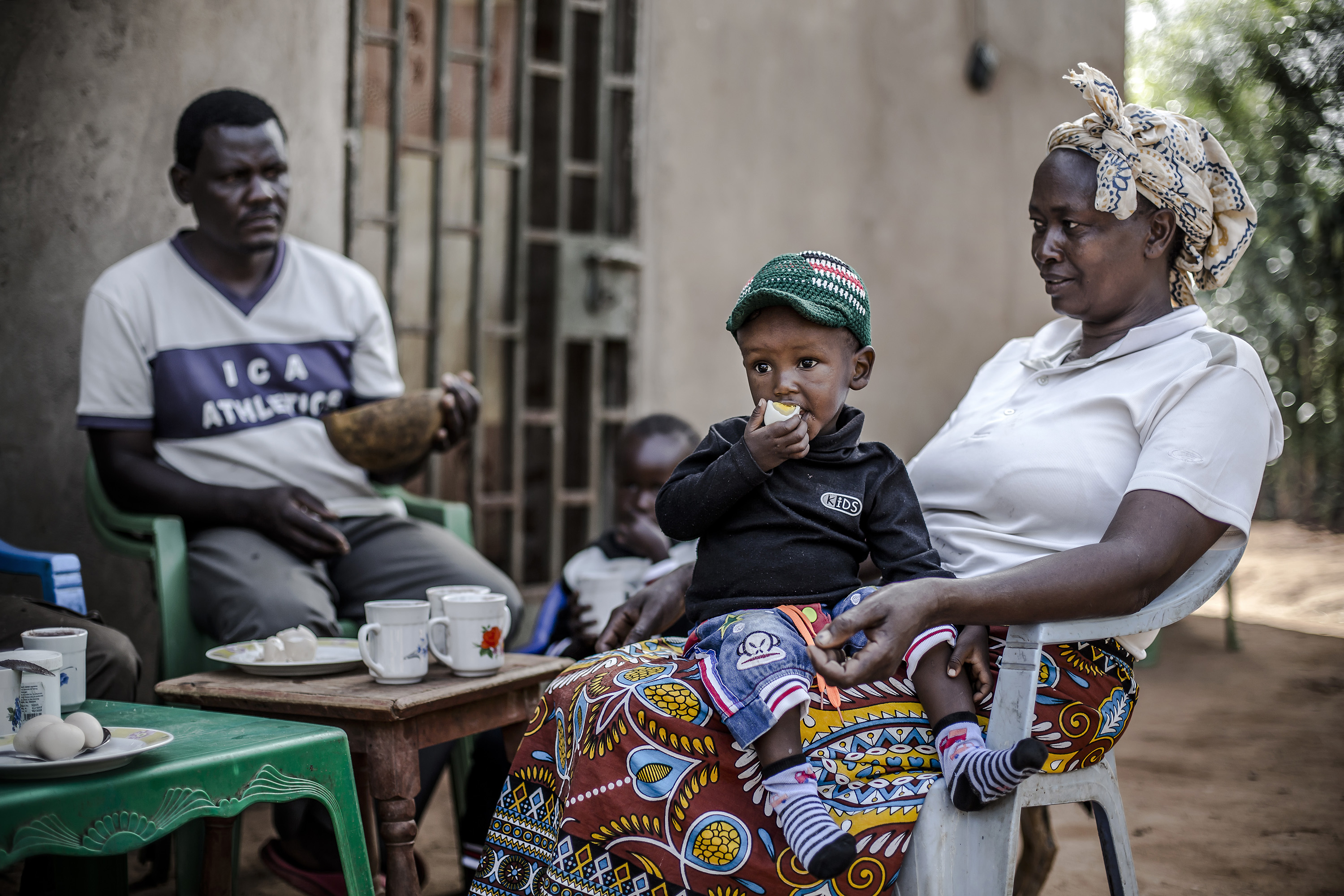New findings reveal the complex relationship between poverty and food security at household level

A new paper titled Food insecurity and poverty – A cross-country analysis using national household survey data carried out by members of the FAO Technical Network on Poverty Analysis (THINK-PA) has uncovered important insights into the complex relationship between poverty and food security at the household level. The findings, which have significant policy implications, challenge conventional assumptions and highlight the need for targeted interventions to address these intertwined challenges.
The first key finding reveals a strong correlation between food insecurity and poverty. It comes as no surprise that households experiencing food insecurity are highly likely to be trapped in poverty. Addressing poverty through income support and livelihoods development, therefore, becomes paramount in improving food access and reducing food insecurity.
However, the study also sheds light on an intriguing discrepancy between the two concepts at the household level. The overlap between poverty and food insecurity is not a perfect match and is influenced by several factors, including the poverty lines used for measurement. Notably, the overlap is more pronounced when international poverty lines are employed as opposed to national lines. Furthermore, the study uncovers substantial variations in the overlap of both statuses within countries, finding that in urban areas there is a greater convergence between the two deprivations compared to that of rural areas.
Relying solely on monetary poverty as an indicator of food insecurity can lead to inadequate identification of programme beneficiaries and ineffective design of food security interventions. The study cautions against superficial measures, urging policymakers to adopt more nuanced and context-specific approaches.
The research serves as a wake-up call, highlighting the need for tailored strategies that address the multidimensional nature of poverty and food insecurity.
“It is important that indicators are tailored to the objectives of programmes and interventions, and that these are thought out thoroughly, based on the theory of change that these programmes aim to follow” says Ana Paula de la O Campos.
By recognizing the nuanced relationship between these two challenges, policymakers can design more effective and targeted interventions, alleviating poverty and improving food security for vulnerable households.
